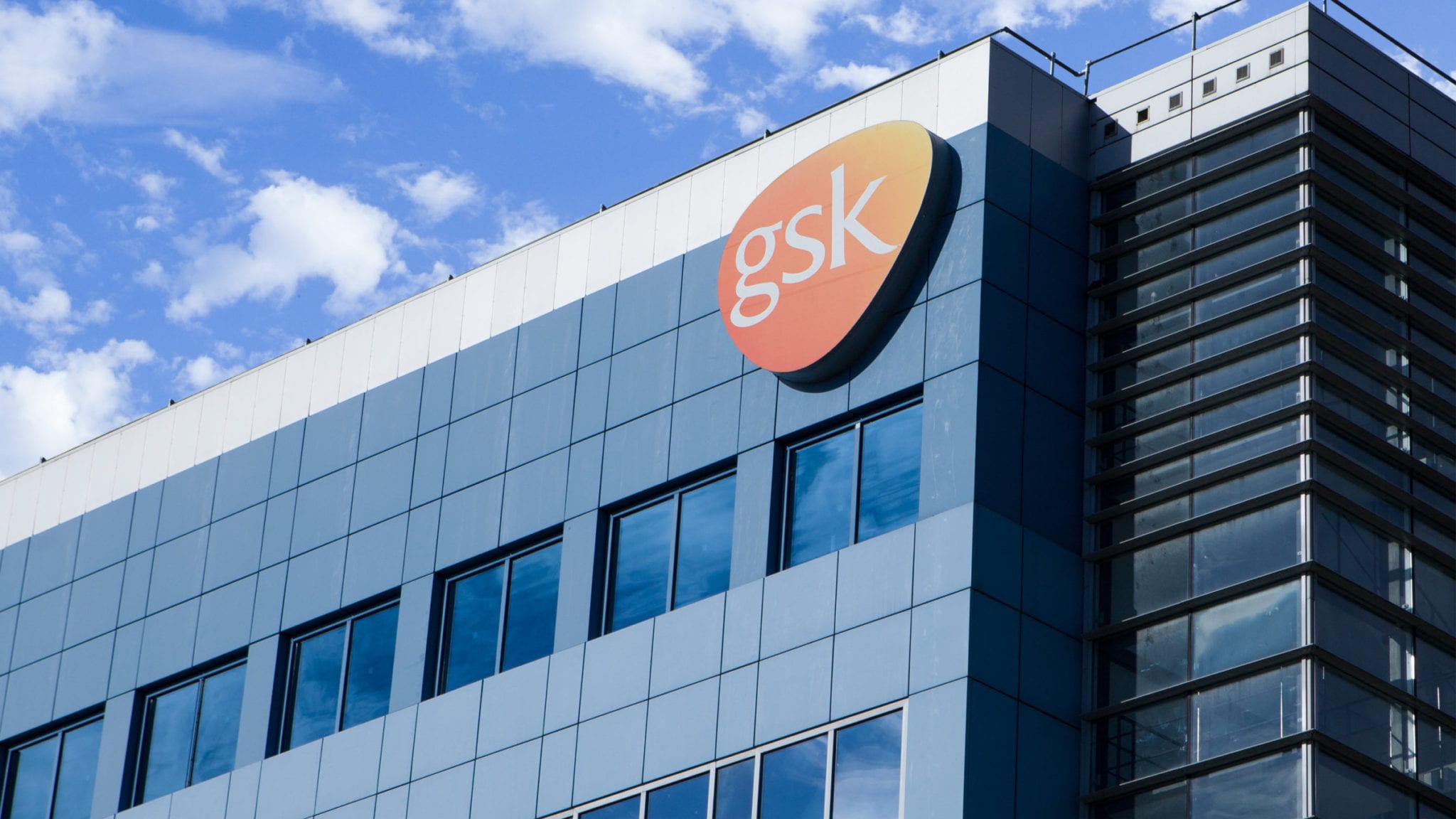
FDA adds Guillain-Barré syndrome warning to GlaxoSmithKline’s shingles vaccine
The FDA late Wednesday sent out a safety communication to explain that while GlaxoSmithKline’s shingles vaccine Shingrix is a safe vaccine, it’s now added a …
Sign up to read this article for free.
Get free access to a limited number of articles, plus choose newsletters to get straight to your inbox.